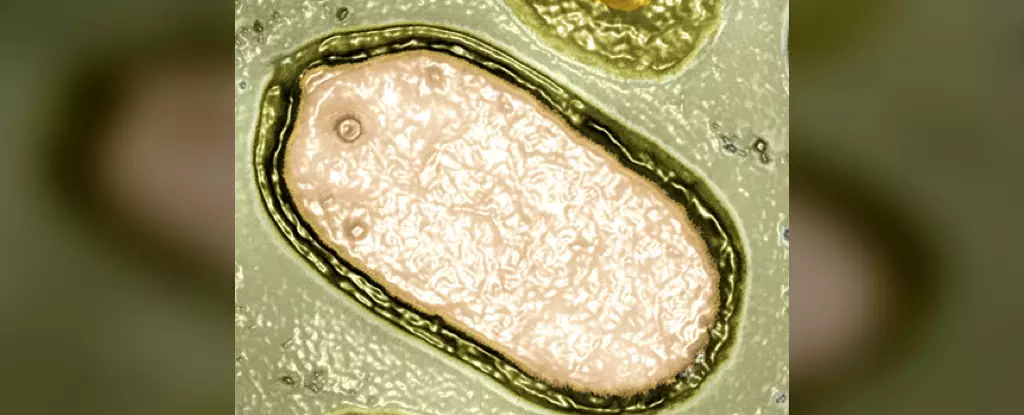In a groundbreaking study revealing the hidden complexities of marine biology, scientists led by marine biologist Benjamin Minch and virologist Mohammad Moniruzzaman at the University of Miami have uncovered an astonishing trove of giant viruses lurking in our oceans. Their research has exposed 230 previously unknown viral species, illuminating a dark, often overlooked underbelly of aquatic ecosystems. The implications of these findings extend far beyond mere cataloging; they provoke urgent questions about the stability of marine life and the consequences for human health and environmental stewardship.
The Role of Viruses in Marine Ecosystems
Giant viruses, often maligned as mere parasites, play a paradoxical role in the ocean. While they threaten the survival of phytoplankton—those tiny organisms pivotal for oxygen production and as keystones of the marine food web—they are also integral to the balance of marine ecosystems. Understanding their interactions with protists like algae and flagellates provides critical insight into a world where life and death are often mediated by these microbe giants. Moniruzzaman’s assertion that this research can help manage harmful algal blooms underscores the duality of these organisms: they can both nurture and devastate marine life, making it imperative we explore their functions more deeply.
The Cutting-Edge Tools of Discovery
What makes this study particularly remarkable isn’t merely the discovery of these viruses but the advanced techniques employed to unveil them. Thanks to state-of-the-art genomic tools and bespoke computer software, researchers can now navigate the intricate narratives hidden in seawater samples more effectively than ever before. This technological leap signifies a pivotal moment in microbial ecology—advancements that could catalyze new directions in our understanding of ocean health and the pervasive threats distorting it.
But while it’s disturbing that such vast numbers of viruses have been hiding in plain sight, it’s equally thrilling to consider what else might remain undiscovered. Are we prepared to confront the broader consequences of such a microbial obscurity? Each droplet of seawater is a Pandora’s box of viral potential, hinting at a chaotic world that pulses with microbial life. Ecosystems we believed to be stable may be intricately poised on the knife-edge of viral dominance.
Perils and Promises of Viral Dominance
While these giant viruses emerge as vital players in biogeochemical cycles, they also pose significant environmental hazards. If they can manipulate the photosynthesis of their algal hosts, what does that mean for our already-strained oxygen resources? The conclusion that viruses possess genes traditionally exclusive to cellular life is not just an academic curiosity; it’s a harbinger of ecological instability. With giants on the loose, the balance between thriving ecosystems and widespread collapse seems perilously fragile.
The urgency to comprehend these novel pathogens cannot be overstated. If viruses are flourishing in this unseen corner of our ecosystem, we must adapt our strategies for monitoring and conserving ocean health. Minch’s framing of this study as a framework for identifying viral threats speaks to a pressing need for proactive engagement rather than reactive measures. Perhaps this is a pivotal moment, a necessary wake-up call for humanity to recognize that the ocean’s unseen forces are as impactful as the visible ones, intertwining invisible threats with tangible human health risks.
Embracing a Complex Future
As scientists map the genes and behaviors of these newly discovered giant viruses, optimism for a clearer understanding of ocean dynamics must be tempered by vigilance. The vast oceans hold secrets that, once unearthed, challenge what we thought we knew about life and survival in the marine realm. Despite the discomfort stemming from the implications of such findings, we must embrace this complex reality.
The time has come for policymakers, scientists, and communities to acknowledge the intricate web of life that giant viruses represent. The potential for harnessing knowledge from these findings is immense, but so too is the threat posed by neglecting them. In a global climate increasingly fraught with unexpected challenges, the call to action is clearer than ever: engage deeply with the viruses that inhabit our oceans, and by doing so, we safeguard not only marine life but also human livelihoods and the very health of our planet.


Leave a Reply